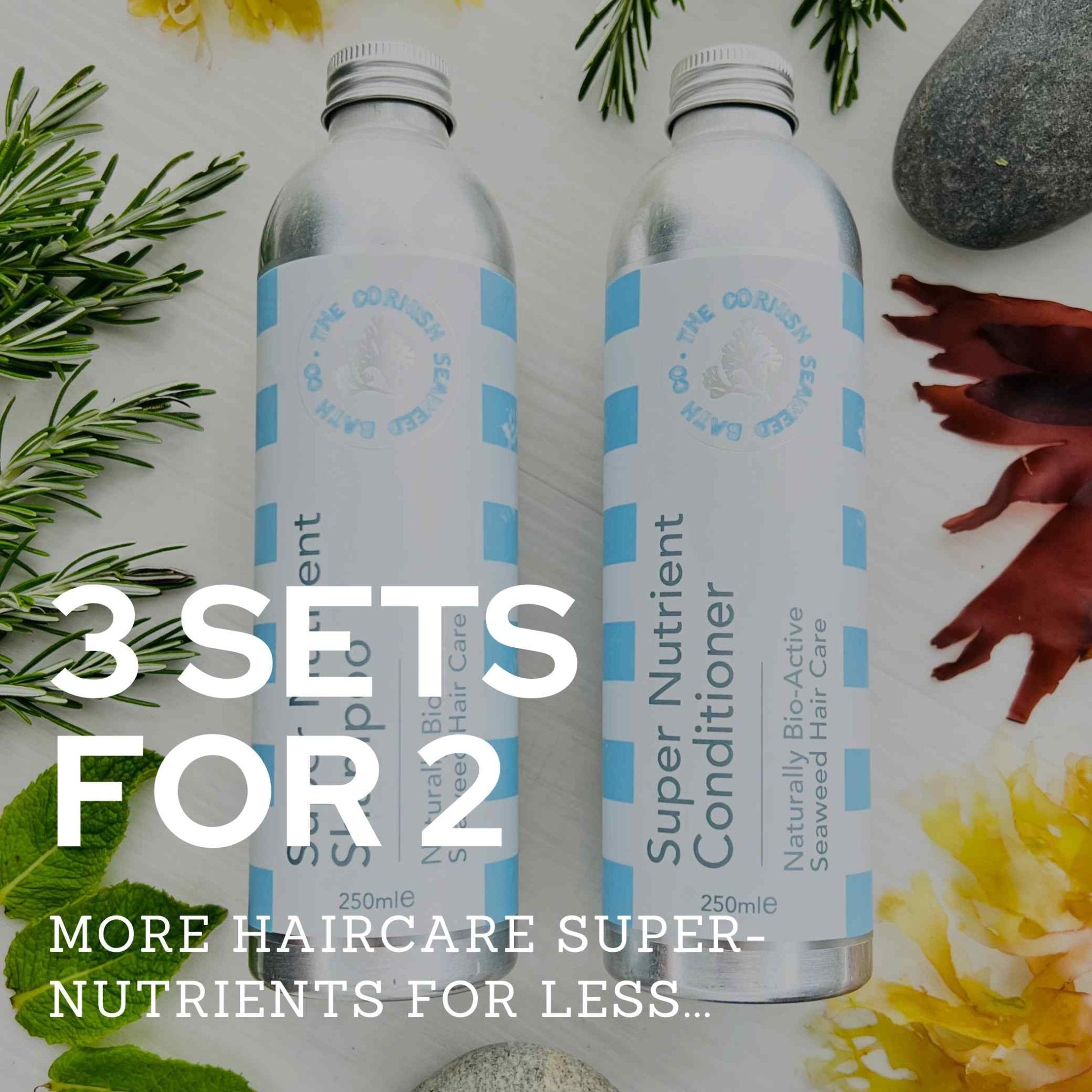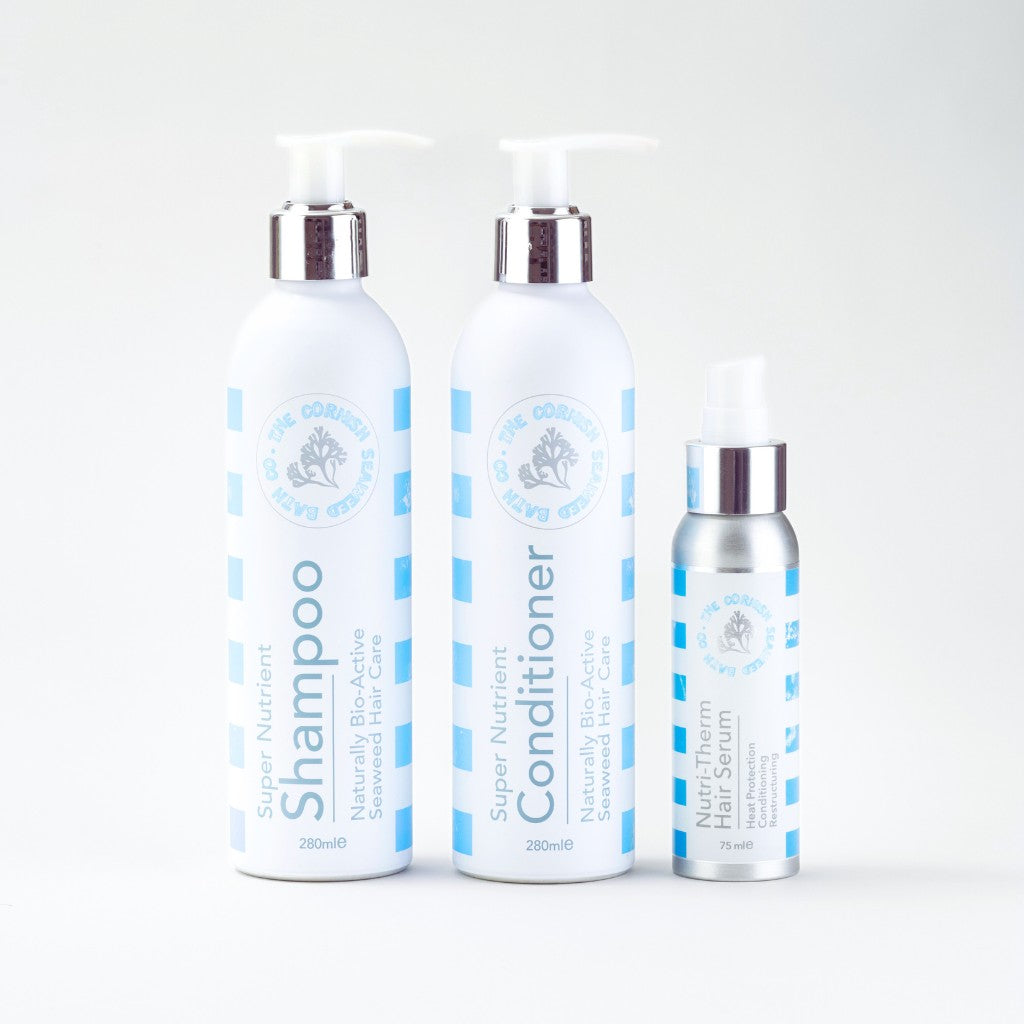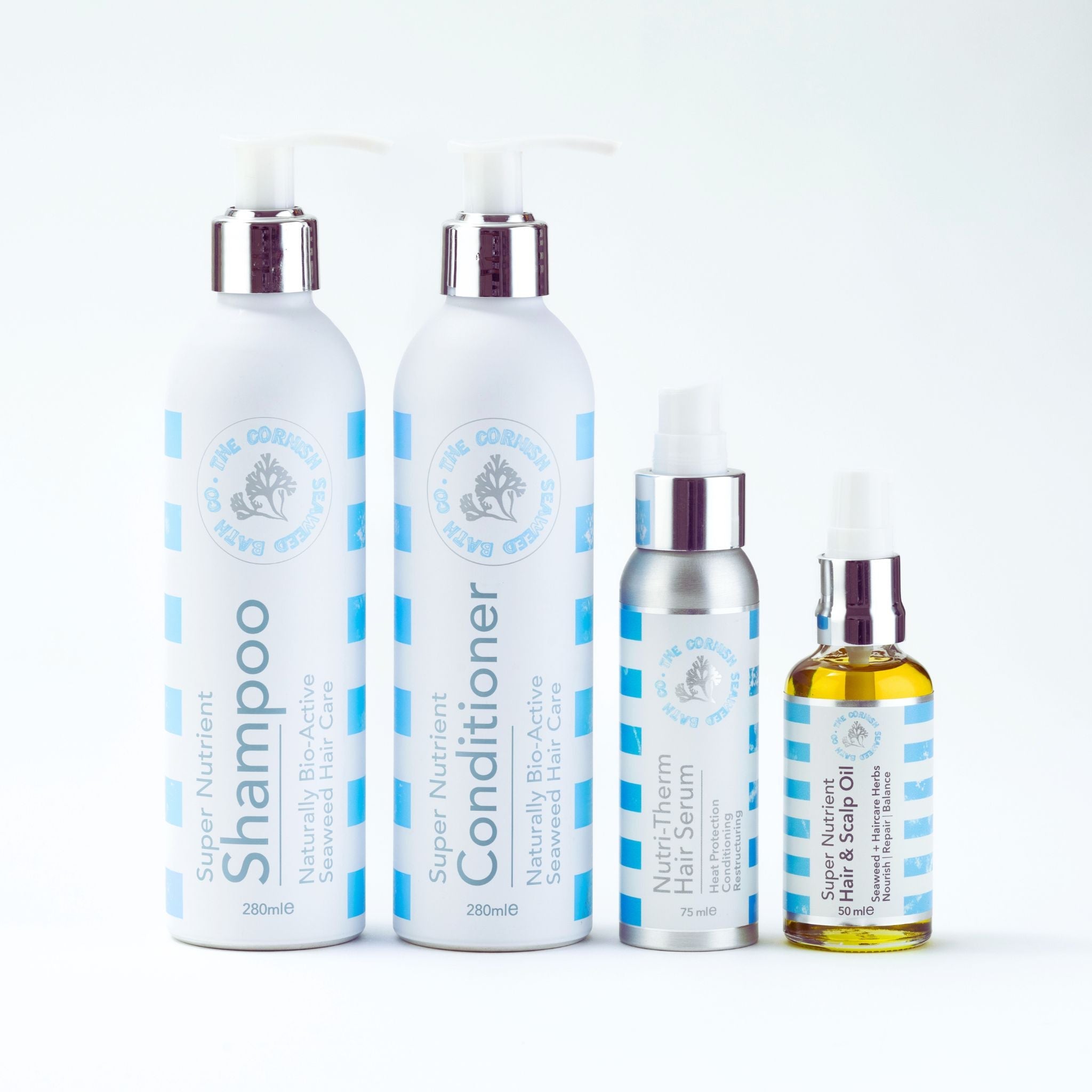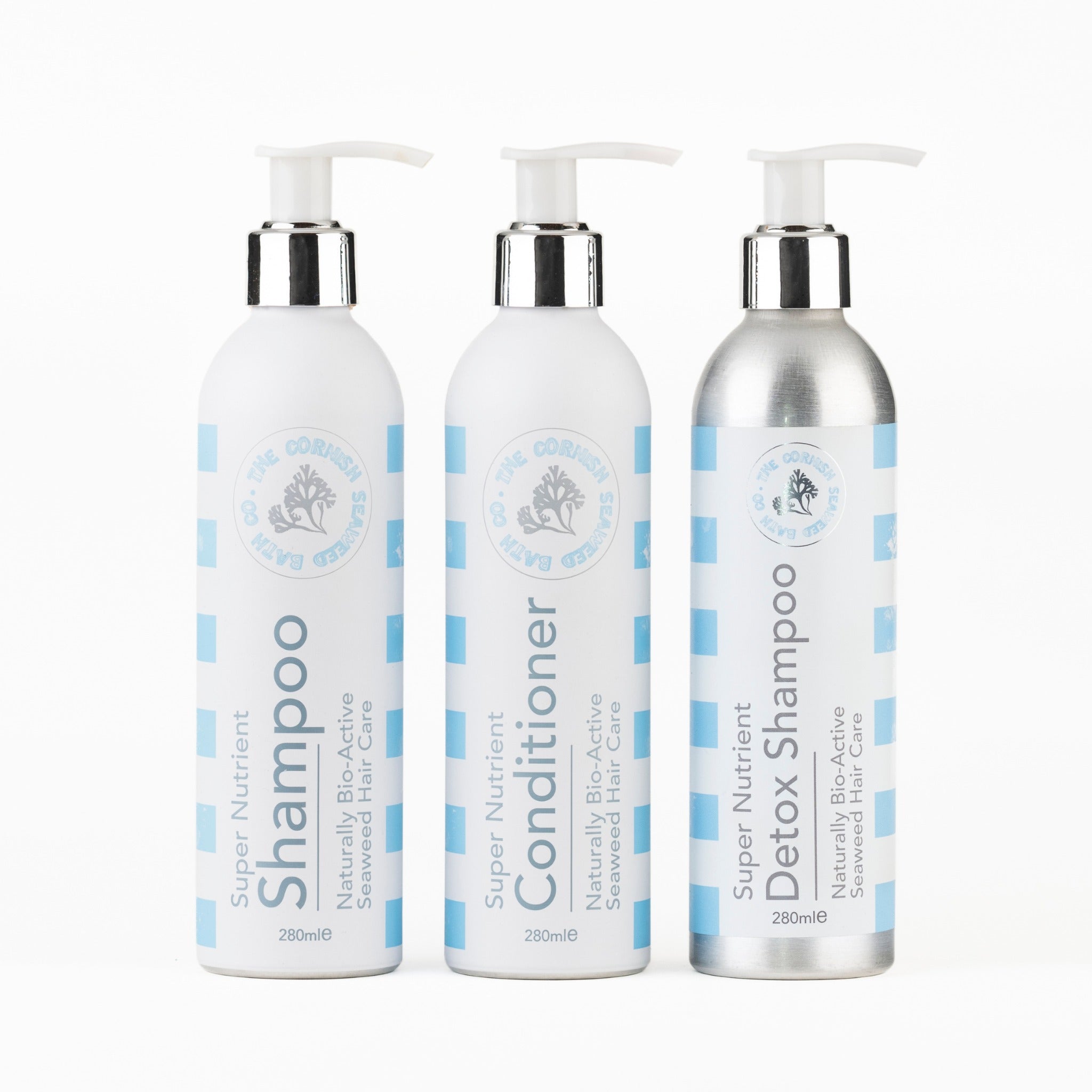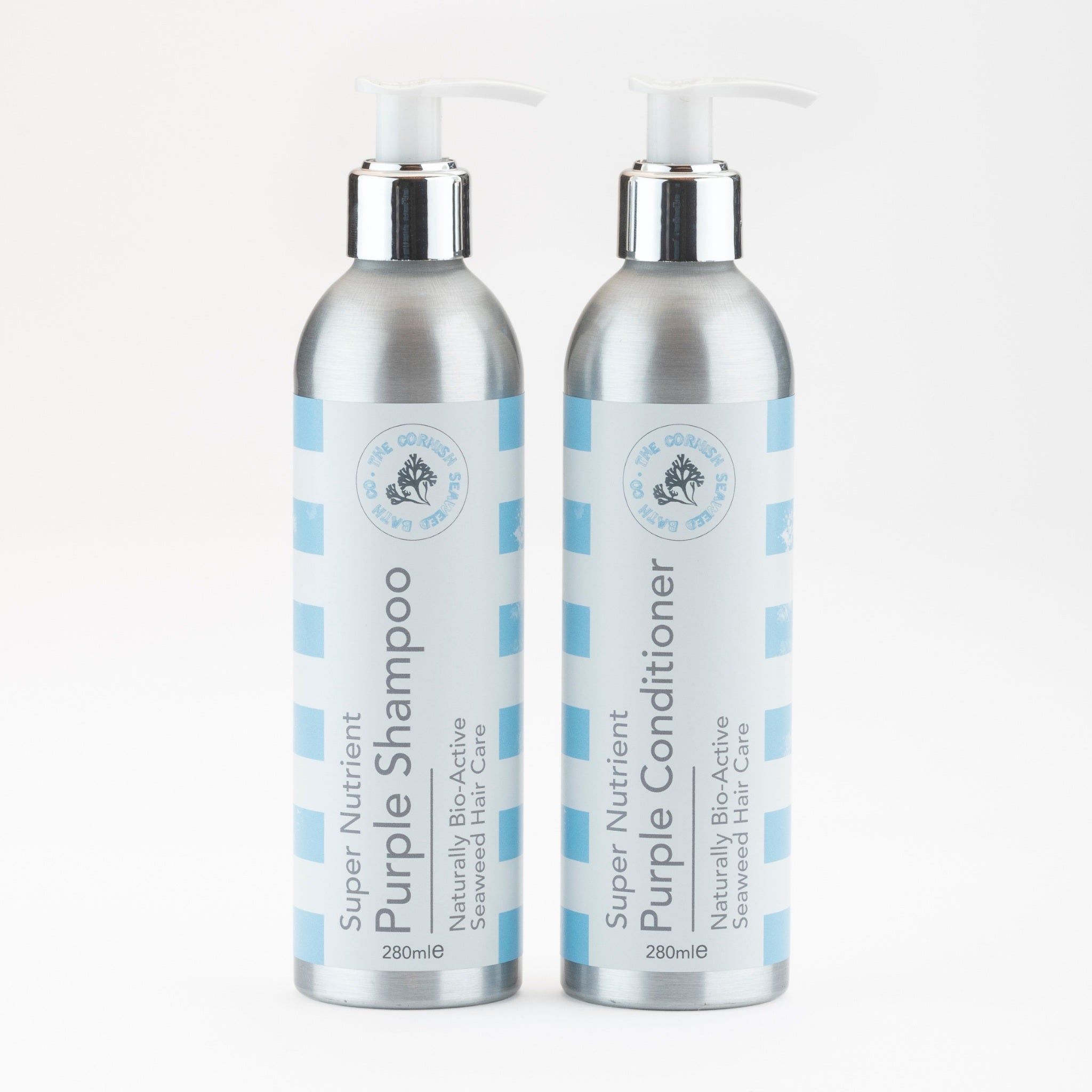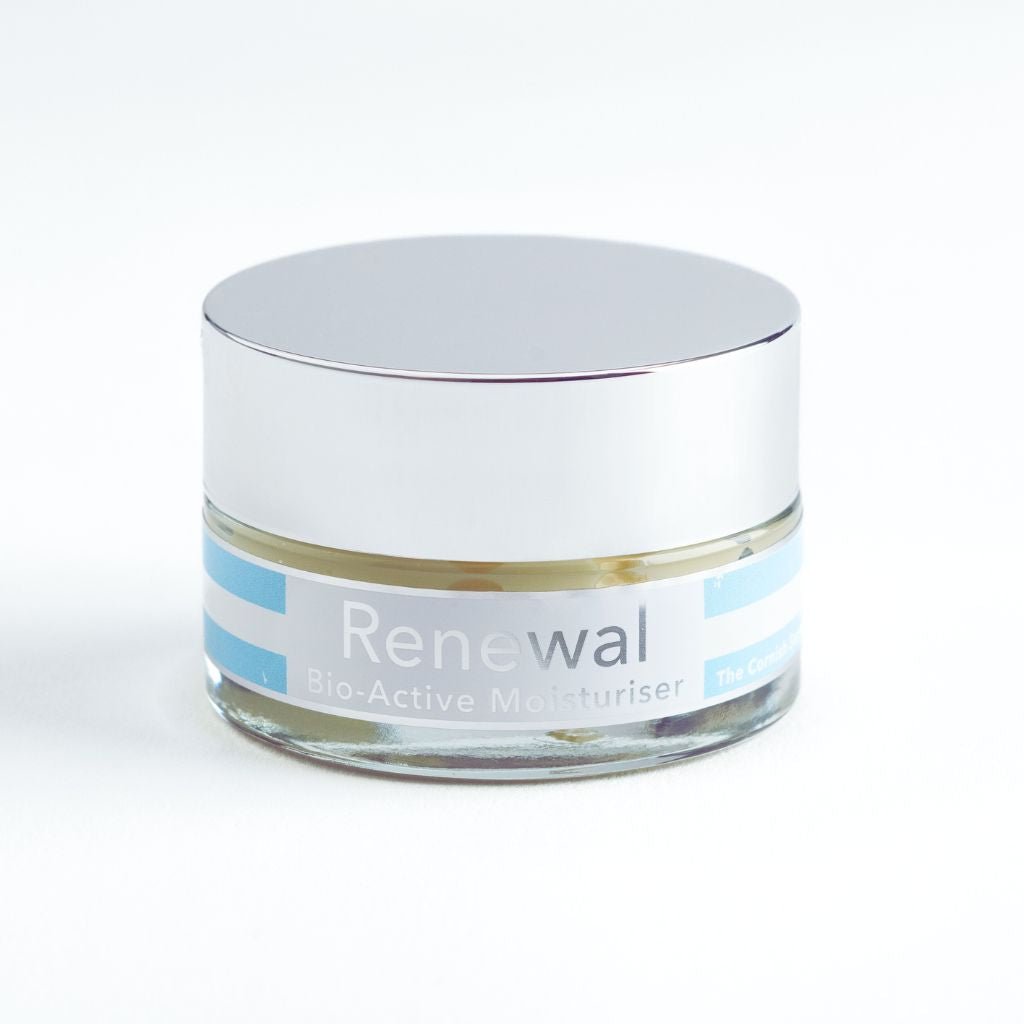Key Takeaways
- Salicylic acid is a beta hydroxy acid (BHA) originally derived from willow bark.
- Its oil-soluble nature allows it to penetrate deep into pore linings.
- Salicylic acid dissolves keratin plugs and excess sebum that cause blackheads and blemishes.
- It works within the pore structure rather than just on the skin's surface.
- This makes salicylic acid effective for addressing skin congestion at its source.
Table of Contents
- Salicylic Acid Cleansers Decoded – What, Why, and How
- The Science & Sensory Experience of Cleansing – Understanding Formulas
- Benefits of Salicylic Acid Cleansers for Different Skin Goals
- How to Use a Salicylic Acid Cleanser – Step-by-Step Guidance & Expert Tips
- Comparative Analysis – Salicylic Acid Cleansers in Context
- Troubleshooting & Solutions – Common Issues, Quick Fixes
- Best Practices & Safety – Customising Your Cleanser Routine
- Navigating Gentle Cleansing Alternatives – For Sensitive Skin Seekers
- Selecting the Best Salicylic Acid Cleanser for You – Evaluation Guide
- Summary & Next Steps
Salicylic Acid Cleansers Decoded – What, Why, and How
Salicylic acid stands as one of nature's most effective beta hydroxy acids (BHA), originally derived from willow bark. Unlike water-soluble alpha hydroxy acids, salicylic acid's oil-soluble nature allows it to penetrate deep into pore linings, where it dissolves the keratin plugs and excess sebum that contribute to blackheads and blemishes. This unique ability to work within the pore structure, rather than simply on the skin's surface, makes salicylic acid particularly valuable for addressing congestion at its source.
When salicylic acid is formulated into cleansers, the mechanism becomes elegantly straightforward As you massage the cleanser across your skin, the salicylic acid begins its gentle exfoliation process, loosening dead skin cells and helping to clear blocked pores. The optimal pH range for salicylic acid efficacy sits between 3.5 and 4.0, which allows the acid to remain in its active, free-acid form. This slightly acidic environment also supports your skin's natural protective barrier, working with rather than against your skin's inherent wisdom.
The appeal of salicylic acid cleansers extends beyond their pore-clearing abilities. They offer a balanced approach to oil regulation, reducing excess sebum production without the harsh stripping effect that can trigger reactive oil production. This makes them particularly suitable for oily and combination skin types, where T-zone congestion and visible pores are common concerns. Unlike some other actives that may cause initial irritation, well-formulated salicylic acid cleansers can often be introduced gradually into most skincare routines. For those seeking a gentle, hydrating option, the Renewal Bio-Active Moisturiser is an excellent companion to support your skin barrier after cleansing.
Those who benefit most from salicylic acid cleansers typically present with persistent blackheads, regular breakouts, or skin that appears dull due to surface congestion. Hormonal fluctuations, whether in teenagers or adults, often create the perfect conditions for salicylic acid's targeted action. However, the benefits aren't limited to obviously problematic skin, many find that regular use helps maintain clarity and prevents the formation of comedones before they become visible.
Is it good for sensitive or dry skin? Salicylic acid can be suitable for sensitive skin when used in lower concentrations (0.5-1%) and combined with hydrating, barrier-supporting ingredients. Those with very dry skin should introduce it slowly and always follow with a nourishing moisturiser.
Understanding what salicylic acid cleansers accomplish, and what they don't, helps set realistic expectations. They excel at gentle chemical exfoliation, gradually improving skin texture and reducing the appearance of enlarged pores. They support your skin's natural renewal process and can help maintain clearer skin when used consistently. However, they're not instant miracle workers, nor are they suitable replacements for targeted spot treatments in cases of severe acne. Think of them as skilled daily maintenance rather than intensive intervention.
If you've noticed consistent oiliness across your T-zone, occasional breakouts around your jawline, or simply want to maintain the clarity you've achieved through other treatments, a salicylic acid cleanser may become a valuable part of your daily self-care ritual. The key lies in choosing a formulation that respects your skin's individual needs while delivering the gentle effectiveness that makes this ingredient so enduringly popular.
| Exfoliant Type | Mechanism | Best for Skin Type | Primary Benefits |
|---|---|---|---|
| Salicylic Acid (BHA) | Oil-soluble, penetrates pores | Oily, combination, blemish-prone | Unclogs pores, reduces blackheads |
| Glycolic Acid (AHA) | Water-soluble, surface exfoliation | Dry, sun-damaged, mature | Smooths texture, brightens tone |
| Physical Scrubs | Manual removal of dead cells | Normal, resilient skin | Immediate smoothness, stimulation |
The Science & Sensory Experience of Cleansing – Understanding Formulas

The format of your salicylic acid cleanser significantly influences both its effectiveness and your daily experience. Foaming cleansers, created through gentle surfactants, provide that familiar lather many associate with thorough cleansing. The foam helps distribute the salicylic acid evenly across your skin while the surfactants lift away oil, makeup, and daily accumulation. Non-foaming alternatives, including cleansing oils, balms, and low-lather gels, offer a different approach, often incorporating more emollient ingredients that leave skin feeling softer and less tight after rinsing.
Within these textures, the supporting cast of ingredients plays a crucial role in determining how your skin responds. Glycerin draws moisture from the environment to your skin, while plant oils like jojoba or sunflower oil provide slip during application and leave behind a protective film. These hydrating elements become particularly important in salicylic acid formulations, as they help counterbalance any potential drying effects from the active ingredient.
Concentration matters significantly in cleansers containing salicylic acid formulations. Most effective cleansers contain between 0.5% and 2% salicylic acid, with 0.5-1% proving sufficient for daily maintenance and sensitive skin types. Higher concentrations around 2% suit those with persistent congestion or oilier skin types, though they require more careful introduction. The difference between these percentages becomes apparent in use, lower concentrations feel gentler and can typically be used twice daily from the start, while higher concentrations might initially be best reserved for evening use only.
pH dependency cannot be overlooked when evaluating formulas. Salicylic acid requires that slightly acidic environment to remain active, but formulations that are too acidic can cause irritation. Well-formulated cleansers balance this requirement with skin comfort, often incorporating buffering ingredients that maintain efficacy while supporting skin tolerance. This scientific precision explains why some salicylic acid cleansers feel gentle and effective while others may cause stinging or excessive dryness.
The sensory experience varies considerably across different formulations. A quality foaming cleanser might produce a creamy, dense lather with a clean, almost herbal scent if botanical ingredients are included. Gel formulations often feel cooling and light, spreading easily across damp skin. Fragrance-free versions eliminate potential irritants and suit those with reactive skin or scent sensitivities. These sensory qualities aren't merely cosmetic, they influence how consistently you'll use the product and how your skin responds over time.
Natural formulations bring their own considerations to salicylic acid cleansers. Botanically-derived salicylic acid functions identically to synthetic versions, but natural formulations often incorporate complementary plant ingredients that provide additional skin benefits. Our approach at The Cornish Seaweed Bath Company emphasises gentle effectiveness through sustainably sourced ingredients, avoiding harsh sulphates and synthetic foaming agents that can compromise skin comfort. When evaluating natural options, look for transparency in ingredient sourcing and formulation philosophy rather than simply the presence of plant-derived components.
| Cleanser Format | Skin Feel | Comfort Level | Best Suited For |
|---|---|---|---|
| Foaming | Clean, refreshed | Moderate | Oily, combination skin |
| Gel | Light, cooling | High | Most skin types |
| Bar | Traditional, thorough | Variable | Normal, oily skin |
| Oil-based | Nourishing, soft | Very high | Dry, sensitive skin |
Benefits of Salicylic Acid Cleansers for Different Skin Goals
Persistent congestion, those stubborn blackheads, whiteheads, and rough patches, responds particularly well to the targeted action of salicylic acid cleansers. The process begins as soon as the cleanser contacts your skin. The salicylic acid penetrates into the pore lining, where it begins dissolving the mixture of dead skin cells, sebum, and keratin that creates blockages. Unlike physical scrubs that work only on the surface, this chemical exfoliation reaches the root of congestion, gradually loosening and clearing pores from within. For optimal results, use a pea-sized amount for your entire face, massage in gentle circular motions for 30-60 seconds, then rinse thoroughly with lukewarm water.
Beyond immediate spot control, regular use of salicylic acid cleansers contributes to overall skin balance and clarity. Clinical observations suggest that consistent use over 4-6 weeks can lead to visibly refined pores, smoother skin texture, and a reduction in the frequency of new breakouts. This happens because salicylic acid helps normalise the skin's natural shedding process, preventing the accumulation of dead cells that can trigger congestion. The oil-regulating effects become apparent gradually, with many users noting less midday shine and a more balanced complexion.
The preventative aspect of salicylic acid cleansers often proves as valuable as their treatment benefits. When used as part of a consistent routine, they help maintain the improvements you've achieved through other treatments or professional procedures. This maintenance approach works particularly well when combined with complementary skincare steps, a gentle moisturiser to support skin barrier function and broad-spectrum sunscreen during the day, as salicylic acid can increase photosensitivity. For more on how to choose and use a gentle moisturiser, see our moisturiser guide.
For those with sensitive or mature skin, the benefits of salicylic acid cleansers require a more nuanced approach. Lower concentrations (0.5-1%) used every other day initially can provide gentle exfoliation benefits without overwhelming delicate skin. The key lies in supporting ingredients, look for formulations that include hydrating elements like plant oils or soothing botanicals. These additions help buffer the active ingredient while providing additional skin benefits.
How do I know if my skin is tolerating a salicylic acid cleanser? Positive signs include gradual improvement in skin texture and clarity without persistent redness, stinging, or flaking. Some initial mild dryness is normal, but this should resolve as your skin adjusts. Severe irritation, burning, or worsening breakouts indicate the need to reduce frequency or switch to a gentler formulation.
In practical, everyday terms, salicylic acid cleansers integrate seamlessly into various lifestyle needs. An early morning cleanse helps remove overnight oil accumulation and prepares skin for the day ahead. Post-workout use addresses sweat and bacteria before they can contribute to breakouts. After wearing heavy makeup or sunscreen, the deep-cleaning action helps ensure complete removal of products that might otherwise clog pores. For those new to salicylic acid, patch-testing on a small area of your jawline or inner forearm for 1-2 days helps predict how your facial skin will respond.
- Morning refresh for oily skin types
- Post-exercise deep cleansing
- Makeup and sunscreen removal
- Weekly maintenance for sensitive skin
- Travel-friendly congestion control
How to Use a Salicylic Acid Cleanser – Step-by-Step Guidance & Expert Tips
Introducing salicylic acid cleansers into your routine requires a measured approach that respects your skin's adaptation process. Begin with evening use only, applying the cleanser three times per week during your first fortnight. This gradual introduction allows you to observe how your skin responds while minimising the risk of irritation. If your skin tolerates this frequency well, showing no persistent redness, stinging, or excessive dryness, you can slowly increase to every other evening, then eventually to daily use as needed.
The application method significantly influences both comfort and effectiveness. Start by dampening your face with lukewarm water, avoiding temperature extremes that might compromise your skin's barrier. Dispense a pea-sized amount of cleanser into your palm, this modest quantity proves sufficient for your entire face and prevents over-application that can lead to irritation. Gently massage the cleanser across your skin using light, circular motions for 30-60 seconds, focusing on areas of congestion while carefully avoiding the delicate eye area.
Thorough rinsing forms a crucial step that many overlook. Ensure you remove all cleanser residue with lukewarm water, paying particular attention to the hairline, jawline, and around the nose where product can easily accumulate. Pat your skin dry with a clean towel rather than rubbing, which can cause micro-irritation when your skin is slightly sensitised from the salicylic acid. Follow immediately with a gentle moisturiser to support your skin barrier, and always apply broad-spectrum sunscreen during morning routines, as salicylic acid can increase photosensitivity.
During your initial adjustment period, avoid combining your salicylic acid cleanser with other strong actives such as retinoids, glycolic acid, or high-concentration vitamin C serums. These combinations can overwhelm your skin and lead to irritation that might force you to discontinue use entirely. Once your skin has adapted, typically after 2-4 weeks of consistent use, you can gradually reintroduce other actives, preferably on alternating evenings. For more on actives, see our vitamin C serum guide.
Frequency guidelines vary significantly based on individual skin response, oiliness levels, and environmental factors. Most people find their optimal range falls between 2-7 times per week, with daily use suitable for those with persistently oily or blemish-prone skin. However, factors such as hormonal fluctuations and stress levels can influence your skin's tolerance, requiring periodic adjustments to your routine. Listen to your skin's feedback rather than adhering rigidly to a predetermined schedule.
Beginner's Troubleshooting Tips:
- Dryness or flaking: Reduce frequency to every third evening and ensure you're using a nourishing moisturiser immediately after cleansing
- Stinging sensation: Your cleanser concentration may be too high for your current tolerance, switch to a 0.5% formula or dilute with a gentle cleanser
- Increased breakouts initially: This may indicate "purging" as clogged pores clear, continue for 2-3 weeks unless irritation develops
Common beginner errors often stem from enthusiasm rather than patience. Using excessive amounts of product, scrubbing vigorously to "enhance" the exfoliation effect, or skipping moisturiser because skin "feels clean" can all compromise your results. Remember that salicylic acid works through chemical action, not mechanical force, gentle application proves more effective than aggressive techniques. Similarly, maintaining your skin's moisture balance supports the exfoliation process rather than hindering it, making that post-cleanse moisturiser an essential rather than optional step.
Comparative Analysis – Salicylic Acid Cleansers in Context

understanding how salicylic acid cleansers compare to other active cleansers helps you make informed decisions based on your specific skin concerns and tolerance levels. This comparison focuses on the most commonly considered alternatives: benzoyl peroxide cleansers for acne management, glycolic acid cleansers for surface renewal, physical exfoliating cleansers for immediate smoothness, and the choice between foaming versus non-foaming salicylic acid formulations.
Salicylic acid cleansers versus benzoyl peroxide cleansers presents a choice between gentle, ongoing maintenance and more aggressive spot treatment. Benzoyl peroxide works by releasing oxygen into the pore, creating an environment hostile to acne-causing bacteria, while salicylic acid focuses on preventing blockages through gentle exfoliation. Benzoyl peroxide often provides faster visible results for active breakouts but can cause significant dryness, bleaching of fabrics, and photosensitivity. Salicylic acid offers a more sustainable long-term approach with fewer side effects, making it suitable for daily use where benzoyl peroxide typically requires more careful, targeted application.
The comparison with glycolic acid cleansers highlights the difference between oil-soluble and water-soluble exfoliation. Glycolic acid, an alpha hydroxy acid, works primarily on the skin's surface to improve texture, brightness, and signs of sun damage. Its water-soluble nature makes it less effective for deep pore cleansing but excellent for addressing surface concerns like dullness or rough texture. Salicylic acid's oil-soluble properties allow it to penetrate pores more effectively, making it superior for blackhead prevention and oil control. Those with mature skin often benefit from glycolic acid's surface-smoothing effects, while younger, blemish-prone skin typically responds better to salicylic acid's pore-clearing action.
| Cleanser Type | Primary Mechanism | Best for Skin Type | Potential Irritation | Daily Suitability |
|---|---|---|---|---|
| Salicylic Acid | Chemical pore exfoliation | Oily, blemish-prone | Low to moderate | High |
| Benzoyl Peroxide | Antibacterial oxygen release | Active acne | Moderate to high | Low to moderate |
| Glycolic Acid | Surface exfoliation | Mature, sun-damaged | Moderate | Moderate |
| Physical Scrub | Manual cell removal | Normal, resilient | Variable | Low |
Physical exfoliating cleansers offer immediate tactile satisfaction and visible smoothness but work through entirely different mechanisms than chemical exfoliants. Scrub particles manually remove surface dead skin cells but cannot address the deeper pore congestion that salicylic acid targets. Physical exfoliation can also cause micro-tears in compromised or sensitive skin, while salicylic acid provides gentler, more controlled exfoliation. However, some individuals prefer the immediate sensory feedback of physical exfoliation and the perception of thorough cleansing it provides. For more on the pros and cons of different exfoliating cleansers, see our exfoliating cleanser guide.
Within salicylic acid formulations, the choice between foaming and non-foaming textures significantly impacts user experience and skin response. Foaming cleansers typically feel more thorough and provide better removal of makeup and sunscreen, making them suitable for evening use and oily skin types. The lather helps distribute the salicylic acid evenly while surfactants assist with oil removal. Non-foaming alternatives, including cleansing oils and low-lather gels, offer gentler cleansing with more emollient ingredients, making them preferable for sensitive or dry skin types who still want salicylic acid's benefits.
Cost and accessibility considerations reveal interesting patterns across different cleanser categories. Salicylic acid cleansers span from affordable drugstore options to premium formulations, with the primary differences lying in supporting ingredients, packaging, and brand philosophy rather than the active ingredient itself. Premium formulations often incorporate additional skin-supporting botanicals, use more sophisticated delivery systems, or source ingredients more sustainably. Our approach emphasises gentle effectiveness through thoughtfully selected supporting ingredients and sustainable sourcing practices, avoiding harsh sulphates and synthetic fragrances that can compromise skin comfort.
Do I need both a chemical and physical exfoliant? Most skin types benefit from choosing one primary exfoliation method rather than combining multiple approaches. Chemical exfoliants like salicylic acid provide more controlled, deeper exfoliation, while physical scrubs offer immediate surface smoothness. Using both regularly can lead to over-exfoliation and barrier compromise.
Choosing the most suitable formulation depends heavily on your individual context and skin goals. An oily teenager dealing with frequent breakouts might benefit from a foaming salicylic acid cleanser used daily, while an adult with sensitive skin and occasional congestion might prefer a non-foaming, lower-concentration formula used every other evening. Travel considerations, climate factors, and lifestyle demands also influence the ideal choice, gel formulations travel well and suit humid climates, while cream-based cleansers provide extra comfort in dry environments or winter conditions.
Troubleshooting & Solutions – Common Issues, Quick Fixes
Experiencing dryness, irritation, or flaking when using products containing salicylic acid often indicates that your skin needs more time to adapt or that your current usage frequency exceeds your tolerance level. Immediately reduce application to 1-2 times per week and focus on supporting your skin barrier with a nourishing moisturiser applied while your skin is still slightly damp. This technique helps lock in hydration and provides a protective layer that can reduce the intensity of the salicylic acid's effects while still allowing you to gain benefits from continued use.
During the adjustment period, avoid layering other strong actives such as retinol, potent vitamin C serums, or additional exfoliating treatments until your skin's comfort returns to baseline. This temporary simplification of your routine allows your skin to recover while maintaining the gradual adaptation process. Most irritation resolves within 3-5 days of reduced frequency, at which point you can slowly increase usage again, adding one additional application per week until you reach your optimal frequency.
Understanding the difference between "purging" and true irritation proves crucial for determining whether to persist with or discontinue your salicylic acid cleanser. Purging occurs when the increased cell turnover brings existing congestion to the surface more quickly, resulting in temporary increases in blackheads or small breakouts in areas where you typically experience problems. This process usually begins within the first week of use and resolves within 2-4 weeks as the underlying congestion clears. True irritation, however, presents as redness, stinging, burning, or breakouts in areas where you don't normally experience problems, and typically worsens rather than improves with continued use.
Persistent breakouts or clogged pores despite consistent salicylic acid cleanser use may indicate the need for routine adjustments rather than product failure. Examine your other skincare and makeup products for potential pore-blocking ingredients such as heavy oils, silicones, or comedogenic emollients. Consider stepping up to daily use if your skin tolerates it well, and ensure you're allowing sufficient time for results, most people notice meaningful improvements after 2-4 weeks of consistent use, with optimal results often appearing after 6-8 weeks.
| Symptom | Probable Cause | Immediate Solution | When to Seek Help |
|---|---|---|---|
| Dryness, flaking | Over-use or insufficient moisture | Reduce frequency, increase moisturising | No improvement after 1 week |
| Stinging, burning | Too high concentration | Switch to lower percentage | Immediate if severe |
| Increased breakouts | Purging or product reaction | Continue 2 weeks if in usual areas | If spreading to new areas |
| No improvement | Insufficient time or frequency | Assess full routine, be patient | After 8 weeks of consistent use |
Addressing redness or sensitivity requires immediate attention to prevent further barrier compromise. Look for cleansers that incorporate proven calming ingredients alongside the salicylic acid, botanicals like oat kernel oil or chamomile can provide soothing effects while still allowing the active ingredient to function effectively. If you have pre-existing conditions such as eczema, rosacea, or extremely sensitive skin, consult with a dermatologist before introducing salicylic acid cleansers, as these conditions may require modified approaches or professional supervision for safe use of active ingredients. For those with eczema-prone skin, our eczema-friendly collection offers gentle alternatives.
Best Practices & Safety – Customising Your Cleanser Routine
Finding your optimal concentration and frequency with salicylic acid cleansers requires patience and careful observation of your skin's responses. Most beginners benefit from starting with 0.5-1% concentrations, which provide effective exfoliation while minimising irritation risk. Those with persistently oily skin or previous experience with chemical exfoliants may progress to 2% formulations, though higher concentrations don't necessarily equate to better results. The key lies in consistent use at a comfortable level rather than pushing your skin beyond its tolerance threshold.
| Skin Type | Recommended Concentration | Starting Frequency | Target Frequency |
|---|---|---|---|
| Sensitive/Dry | 0.5% | 2-3 times per week | Every other day |
| Normal/Combination | 1-1.5% | 3-4 times per week | Daily |
| Oily/Blemish-prone | 1.5-2% | 4-5 times per week | Daily or twice daily |
| Mature/Sun-damaged | 0.5-1% | 2-3 times per week | 5-6 times per week |
Combining salicylic acid cleansers with other skincare products requires strategic timing and ingredient awareness. Antioxidant serums containing vitamin E or gentle plant extracts generally complement salicylic acid well and can be applied after cleansing. However, avoid layering multiple exfoliating acids or strong actives like retinoids immediately after your salicylic acid cleanser. Instead, alternate these treatments on different evenings or use them at opposite ends of the day, salicylic acid cleanser in the evening, vitamin C serum in the morning, for example.
Special circumstances require adapted approaches to salicylic acid cleanser use. Teenagers experiencing hormonal breakouts often benefit from daily use of moderate-strength formulations, while adults dealing with mask-related congestion or post-workout breakouts might find targeted use after specific activities most effective. Those with athletic lifestyles should prioritise thorough rinsing and immediate moisturising to prevent the combination of sweat, salicylic acid, and environmental exposure from causing irritation.
Is salicylic acid cleanser safe to use during pregnancy? Topical salicylic acid in concentrations under 2% is generally considered safe during pregnancy and breastfeeding. However, consult your healthcare provider before introducing new active ingredients, particularly if you have sensitive skin or other medical considerations.
Frequently Asked Questions
How does salicylic acid in cleansers work to clear blackheads and acne?
Salicylic acid is oil-soluble, allowing it to penetrate deep into the pore lining where it gently dissolves keratin plugs and excess sebum that contribute to blackheads and blemishes. This action helps to clear congestion within the pores rather than just exfoliating the skin's surface.
Is salicylic acid suitable for sensitive or dry skin types, and how should it be used safely?
Salicylic acid can be used cautiously on sensitive or dry skin by introducing it gradually and observing how your skin responds. It’s best to use a gentle formulation and avoid over-cleansing to prevent irritation, ensuring the skin’s natural barrier remains supported.
What makes salicylic acid cleansers different from other exfoliating acids like alpha hydroxy acids?
Unlike alpha hydroxy acids, which are water-soluble and work primarily on the skin’s surface, salicylic acid is oil-soluble and penetrates into the pores to exfoliate within. This makes it particularly effective for addressing congestion and excess oil deep in the skin.
How can I incorporate a salicylic acid cleanser into my skincare routine without causing irritation?
Begin by using the salicylic acid cleanser sparingly, perhaps once daily or every other day, and pay attention to your skin’s tolerance. Pair it with gentle, nourishing products that support your skin’s barrier, and avoid combining it with other strong exfoliants to reduce the risk of irritation.
A picture tells a thousand words: out of necessity, some images in this blog post have been created using artificial intelligence models. This is to help us bring to life & more comprehensively express the written content within this post. We only using artificially generated images when we don’t have a suitable image available to us.
 Christmas Gifts!
Christmas Gifts!



